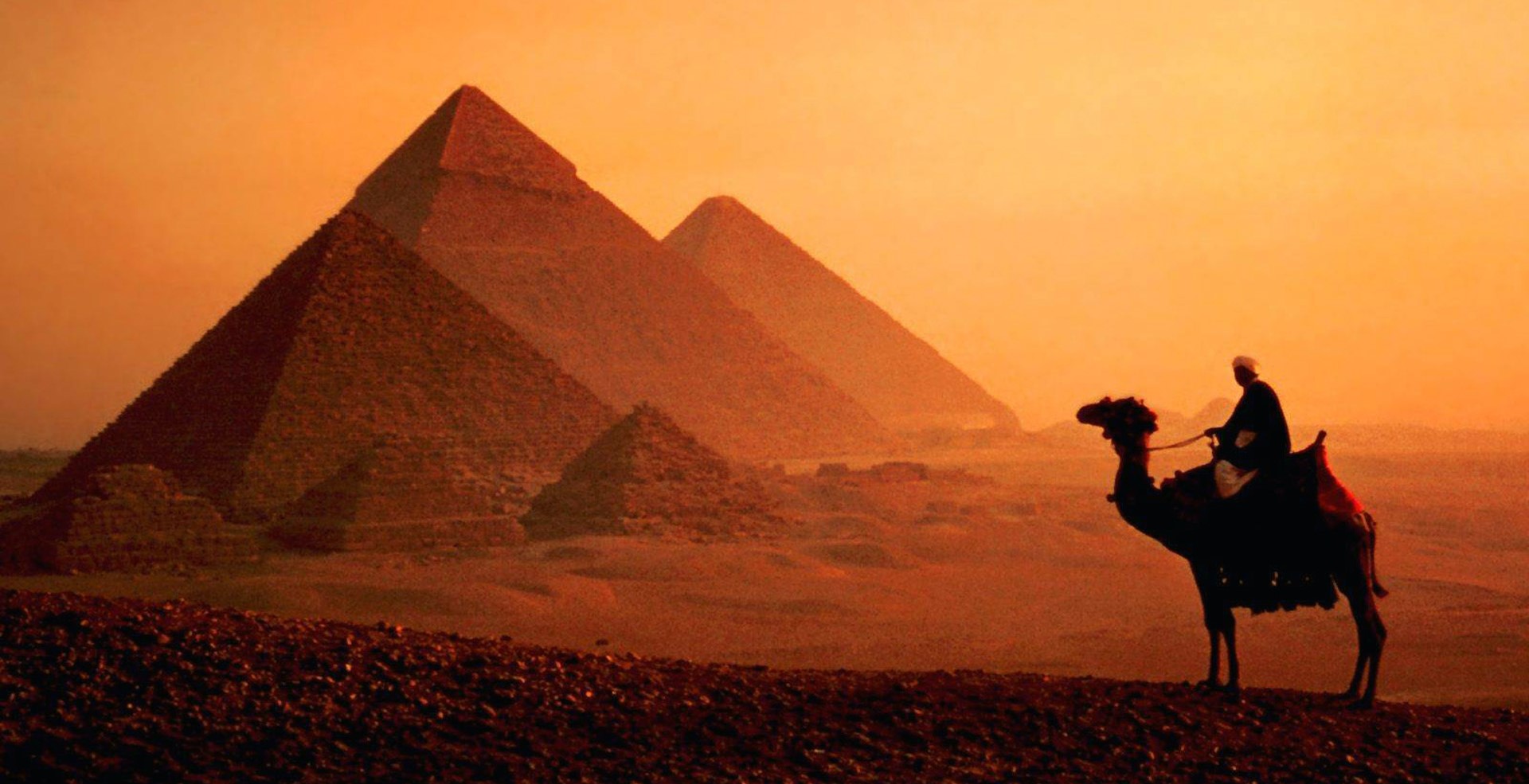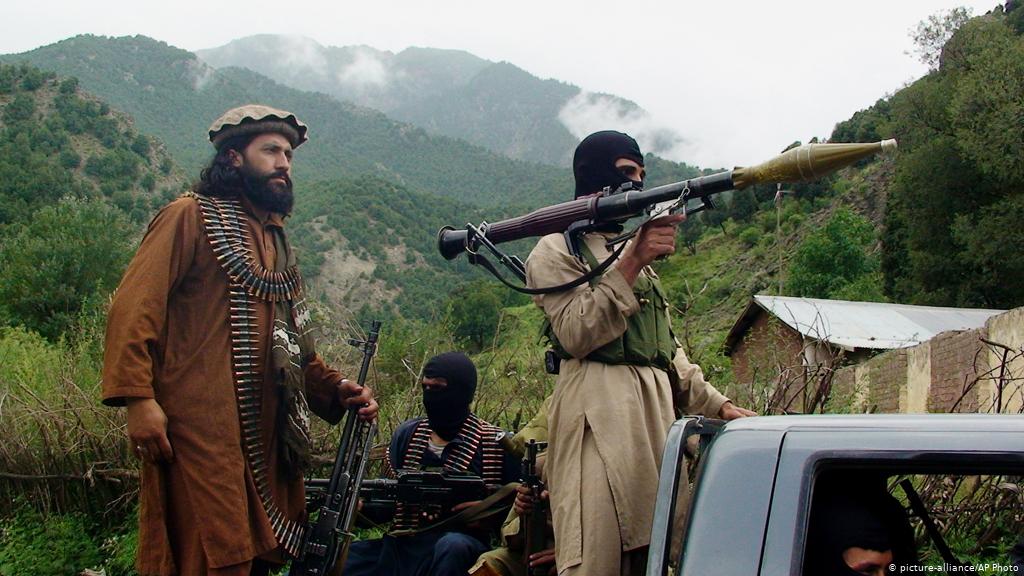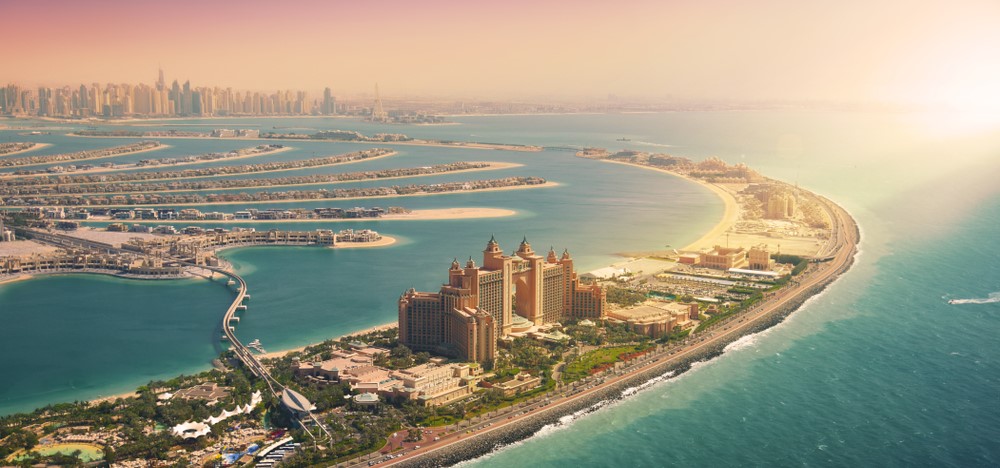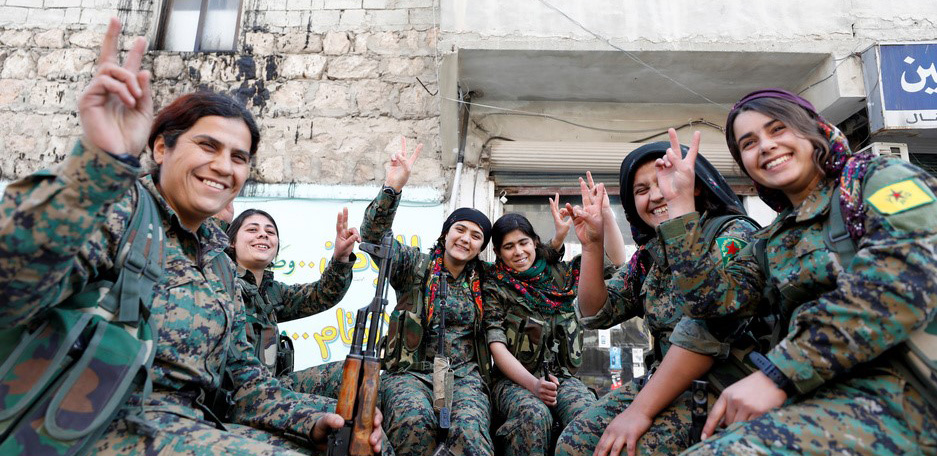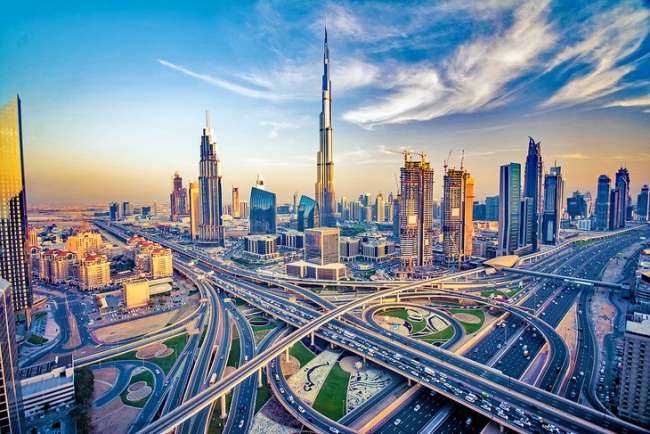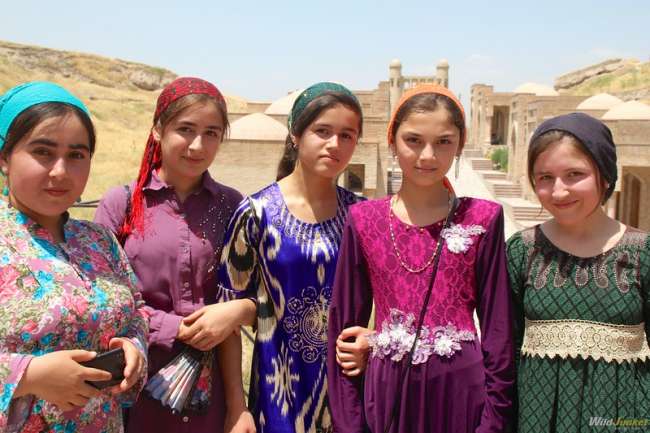Best Places to Visit in the Middle East: Top 10 Tourist Destinations
Travelers who dream of uncovering places shaped by ancient civilizations, dramatic landscapes, and vibrant modern cities often find themselves drawn to the Middle East. This region, stretching from the Mediterranean coastline to the Arabian deserts, offers a mix of history, culture, religion, and innovation that you can rarely find in one place. Across these lands, you can wander through stone-carved cities that glow pink at sunset, stand in the shadow of monumental temples built thousands of years ago, or look up at futuristic skylines that reflect the ambitions of today’s world.


